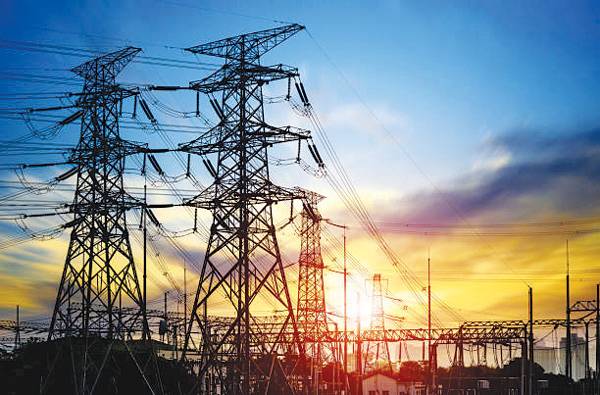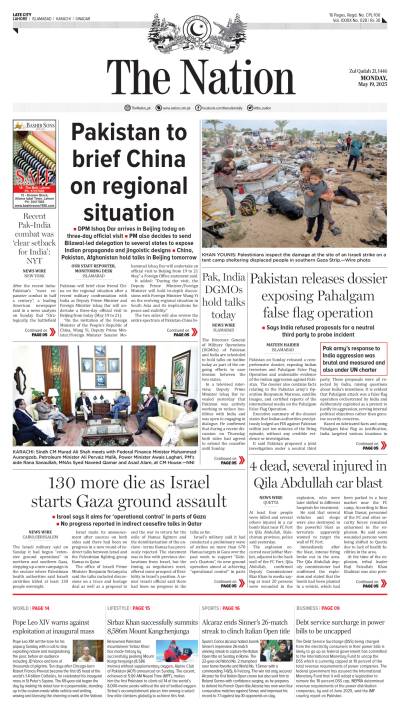ISLAMABAD - The Debt Service Surcharge (DSS) being charged from the electricity consumers in their power bills is likely to go up as federal government has committed to the International Monetary Fund to uncap the DSS which is currently capped at 10 percent of the total revenue requirements of power companies.
The federal government has assured the International Monetary Fund that it will adopt a legislation to remove the 10 percent DSS cap, NEPRA determined revenue requirements of the power distribution companies, by end of June 2025, said the IMF country report on Pakistan. “We are on track to achieve net zero circular debt (CD) flow for FY25 and will strive for the same in FY26, through a combination of timely tariff increases, targeted subsidies, and cost-reducing reforms,” Pakistan told IMF and added that this strategy will be detailed in our FY26 CD Management Plan (CDMP), to be adopted by cabinet by end-July 2025. Similarly, it was told that NEPRA will continue with timely automatic notifications of regular quarterly tariff adjustments (QTAs) and monthly fuel cost adjustments (FCAs) to capture any gaps between the base tariff and actual revenue requirements that arise during the year, to prevent CD flow. We will ensure the full implementation of the July 2025 annual rebasing (new SB, July 1, 2025), QTRs, and FCAs going forward. All provinces agree not to introduce any subsidy for electricity or gas. The government has further assured the fund of reducing the financial burden on the power sector by converting the existing CD stock to CPPA debt. “Of our existing CD stock of Rs2.4 trillion (2.1 percent of GDP), we will clear, by end-FY25, Rs348 billion via renegotiation of arrears with IPPs (Rs127 billion of which will be via already-budgeted subsidy for CD stock clearance and Rs221 billion of which will be via CPPA cash flow); Rs387 billion via waived interest fees; and Rs254 billion via additional already-budgeted subsidy for CD stock clearance; Rs224 billion in non-interest-bearing liabilities will not be cleared. The remaining Rs1,252 billion will be borrowed from banks to repay all PHL loans (Rs683 billion) and to clear the remaining stock of interest-bearing arrears to power producers (Rs569 billion). The loan will be taken on at a rate favorable to that currently paid on the CD stock (a major driver of CD flow and accumulation) and annual payments will be financed through debt service surcharge (DSS) revenues over six years. The DSS will be set at 10 percent of the NEPRA-determined revenue requirement, adjusted each year at the time of annual rebasing, per current practice. In the event that DSS revenues fall short of the annual payment requirement, the DSS will be increased to make up for the shortfall and calibrated per any anticipated future shortfalls in the succeeding year. To facilitate this, we will adopt legislation to remove the 10 percent DSS cap by end-June 2025 (new end-June 2025). There will be no fiscalization of any revenue shortfall. We will prepare a plan to retire, in a timely way, the interest-bearing CD stock anticipated at the end of FY25 (expected to be no greater than Rs 337 billion, a result of gross flows this year), alongside the FY26 budget process, which will not utilize subsidy resources. With one of the primary drivers of CD flow—interest charges on delayed payments to IPPs—significantly reduced, CD targets have been set lower. These targets will continue to decline to zero by FY31, the end of the operation.






